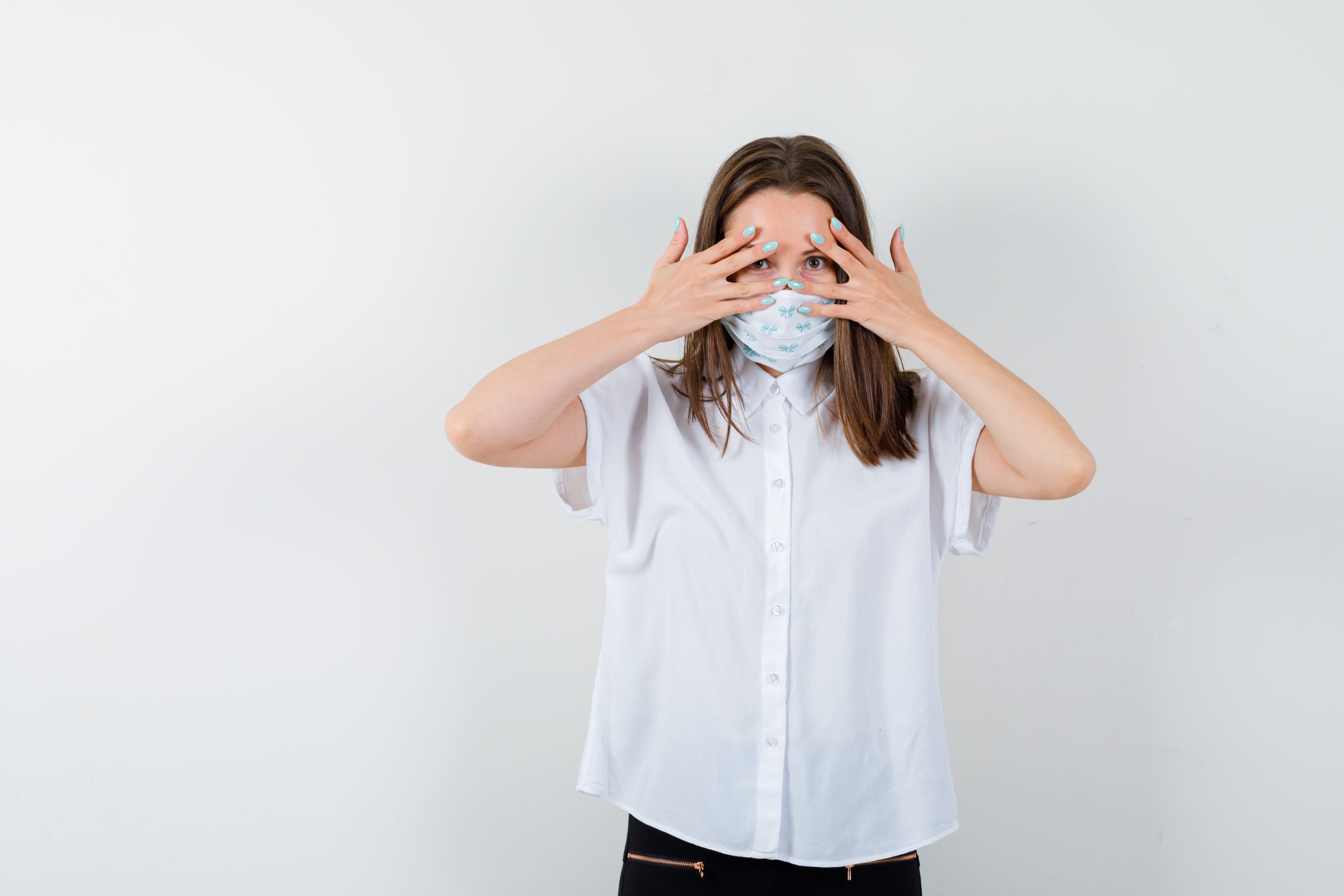

Researchers at the University of Sao Paulo (USP) in Brazil have discovered that swabbed tears can be used to detect the COVID-19 virus. An absorbent cotton pad on a flexible rod is called a swab, and it’s used to clean wounds, apply medication, and collect samples.
The Hospital for Rehabilitation of Craniofacial Anomalies (HRAC), which is managed by the Bauru Dental School, welcomed patients who had been conventionally diagnosed with the condition (FOB-USP). Although the risk of infection from patient tears is admittedly low, the detection of SARS-CoV-2 in 18.2% of the samples suggests that this method may be an alternative to uncomfortable nasopharyngeal swabbing. It also suggests that health professionals should take precautions to prevent infection from patient tears.
Also, the presence of more comorbid conditions and a higher mortality rate among patients whose tear samples tested positive shows that this method of virus detection may be able to predict prognosis. The results of the study are presented in a paper that appears in the Journal of Clinical Medicine’s November 2022 issue.
“Initially, we set out to develop a diagnostic test based on an easier collection of material without causing patient discomfort. Nasal and nasopharyngeal swabbing is not only unpleasant but also often performed incorrectly. For people with a nasal septum deviation, it can be a problem. We took the view that tear sampling would be easy to execute and more tolerable. We succeeded in showing this to be feasible. Among the limitations of the study was not knowing whether the amount of liquid collected for the test influences its result,” Luiz Fernando Manzoni Lourençone, professor of medicine at HRAC and last author of the article, told Agência FAPESP.
According to the research, a patient’s high viral load, which can cause viremia in body fluids, increases the likelihood that the virus will be found in tears.
61 hospitalized patients made up the study cohort, of whom 28 tested negative and 33 tested positive for COVID-19 virus by RT-qPCR through nasopharyngeal swab. Tears were examined from 14 of the 28 negatives and all 33 positives. The tears were gathered in the first half of 2021 when gamma and delta viruses were the most prevalent ones in the state of Sao Paulo.
The researchers also utilized a method known as the Schirmer strip test, in which a strip of filter paper is put within the lower eyelid for five minutes to collect samples in addition to conjunctival swabs (normally used to determine whether the eye produces enough tears). Analysis of the samples took place between July and November of 2021.
18.2% of the samples obtained by conjunctival swab and 12.1% of those obtained by Schirmer strip both contained SARS-CoV-2. As anticipated, none of the individuals who underwent nasopharyngeal swab testing for the virus had tears that were positive.
The likelihood of death within a year of hospitalization for individuals with 20 particular diseases was predicted using the Charlson Comorbidity Index (CCI). Individuals who tested positive for SARS-CoV-2 had a nearly sevenfold increased risk of passing away compared to patients who tested negative. These individuals also had other risk indicators for death, such as a low CCI-based 10-year survival rate.
Regardless of their COVID-19 virus diagnosis, the majority of the patients experienced eye irritation and low tear production, which may have indicated a necessity for the use of artificial tears while in the hospital, according to the authors.
Demographic, clinical, and ocular symptom data were also included in the study. Real-time quantitative PCR (polymerase chain reaction), which can identify a single copy of viral RNA in a sample and is regarded as the gold standard for identifying COVID-19 virus by clinical analysis laboratories all over the world, was the primary diagnostic test employed.
By examining the nucleocapsid (N), envelope (E), and RNA-dependent RNA polymerase in this investigation, viral RNA positivity was identified considerably more precisely than in earlier studies (RdRp).
SARS-CoV-2 was discovered in tear samples from 8.43% of the 83 patients enrolled in the study, according to a study published in July 2021 in Experimental Biology and Medicine by a team of researchers at the State University of Campinas’ School of Medical Sciences (FCM-UNICAMP), also in the state of So Paulo.
“When we started, in early 2021, we lacked the technology to cross-reference certain types of data as a route out of basic science and into clinical practice. Since then, Sabage has worked as a research intern at Stanford University’s Byers Eye Institute [in the United States], a leading center for advanced studies of ocular fluids. Their technology enabled us to detect several correlations and confirm the presence of SARS-CoV-2 in our tear samples. Partnering with another team brought results for our campus and opened up a new research line,” Lourençone said.
The research group has now begun working on a new line that focuses on detecting other viral diseases by means of tests and analyses relating to the eyes. “Many viruses haven’t been studied sufficiently in Brazil. We want to develop solutions that improve the quality of life for patients. We plan to analyze other viral conditions that become systemic,” he said.
more recommended stories
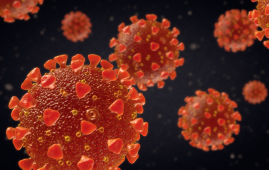 Study Reveals Cold May Impact SARS-CoV-2 Infection Rates
Study Reveals Cold May Impact SARS-CoV-2 Infection RatesThe Unexpected Protective Role of Rhinoviruses.
 Heart, Lung, & Brain Risks Persist in COVID-19 Survivors
Heart, Lung, & Brain Risks Persist in COVID-19 SurvivorsA French nationwide study reveals that.
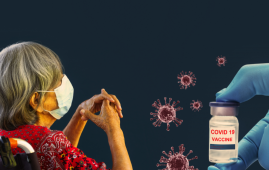 How COVID-19 and Vaccines Differ in Heart Inflammation
How COVID-19 and Vaccines Differ in Heart InflammationA team of international researchers led.
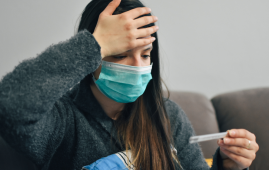 Long COVID: Extended Paxlovid Treatment Offers Hope
Long COVID: Extended Paxlovid Treatment Offers HopeA new case series by UC.
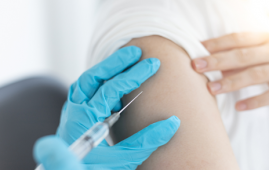 RSV Vaccine Response in Immunocompromised Adults
RSV Vaccine Response in Immunocompromised AdultsAccording to Johns Hopkins Medicine researchers,.
 Gut Microbiome Predicts Long COVID Risk
Gut Microbiome Predicts Long COVID RiskIn a recent pre-print study published.
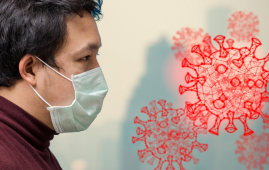 COVID-19 & Autoimmune Care Hope: Natural Proteins
COVID-19 & Autoimmune Care Hope: Natural ProteinsRecent research at Umeå University reveals.
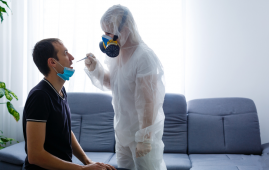 FasL Inhibitor Asunercept Speeds COVID-19 Recovery
FasL Inhibitor Asunercept Speeds COVID-19 RecoveryA new clinical trial demonstrates that.
 Impact of COVID-19 mRNA Vaccine on Myocardial Scarring
Impact of COVID-19 mRNA Vaccine on Myocardial ScarringA new study found a greater.
 Long-term Cognitive and Psychiatric Issues in COVID-19 Survivors
Long-term Cognitive and Psychiatric Issues in COVID-19 SurvivorsA new study published in The.

Leave a Comment